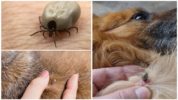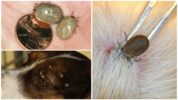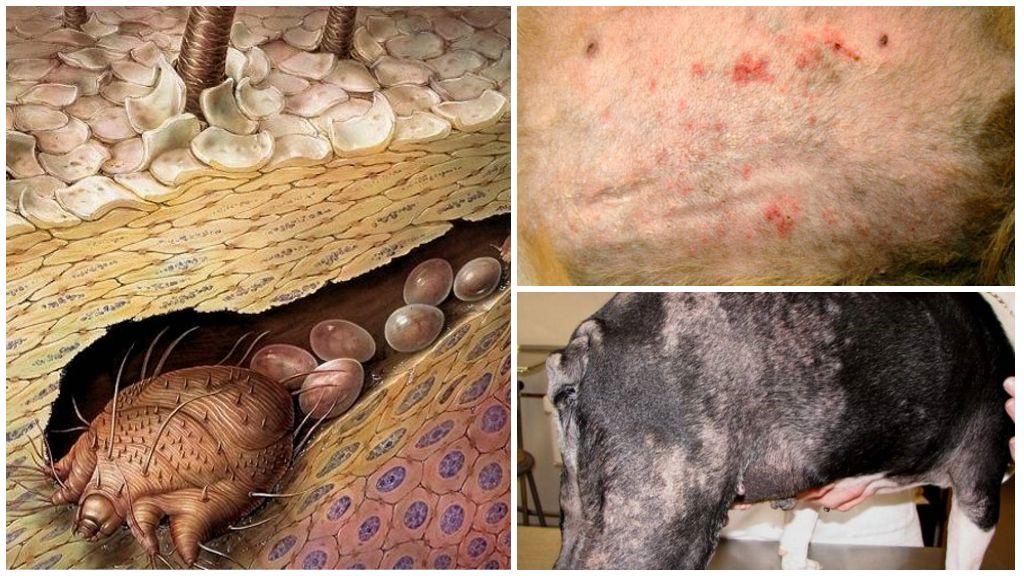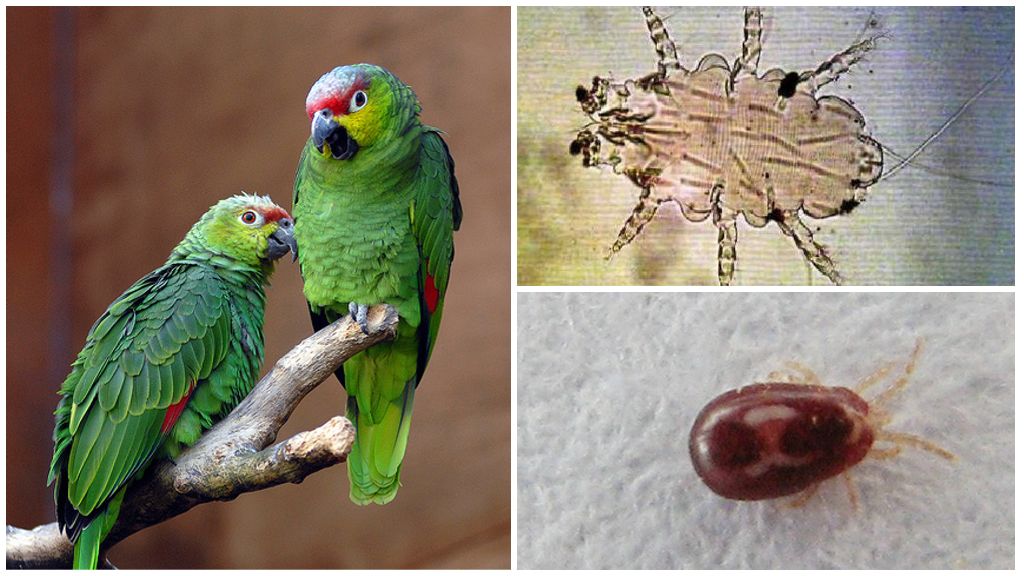- Dog tick
- Dog tick
Ixodid tick known to many dog breeders as a dangerous and unpleasant parasite of the arthropod order. This small arachnid creature can cause many serious problems for a four-legged pet. Knowing approximately how many ticks are sitting on the dog and how long they drink blood, you can calculate the time and place where he was attached.
How long does it take to bite
Mite It is a small arachnid 3-5 mm in length. He has 4 pairs of limbs, an elongated body and a small head. It is very difficult to find in the hair of a furry pet, which allows him to freely climb in search of a weak spot. Favorite body parts of four-legged friends for tick bites are those that pets cannot reach on their own:
- armpits;
- neck;
- withers;
- ears
- inguinal zone.
On a note!
How long a tick sits on a dog before a bite depends on several factors. If the animal’s hair is long and thick, it will be more difficult for the parasite to quickly reach the skin. The pet can scratch itself and thereby throw the parasite away from the intended path. In total, a tick can sit on a dog from 2-3 hours to 2 days before a bite.
The exact time the arthropod is on the furry pet is impossible to find out. It is also difficult to determine how many ticks can be on the dog. By happy coincidence, some of them leave the dog without having bitten. The dog himself can throw them off or notice when combing a person.
Tick bloodsucking process
Having reached a suitable area of the skin, the parasite bites through the upper layer and injects saliva. It has an analgesic effect, which makes the bite invisible to the victim. Even saliva plays the role of a reinforcing material with which the bloodsucker is firmly fixed in the wound.
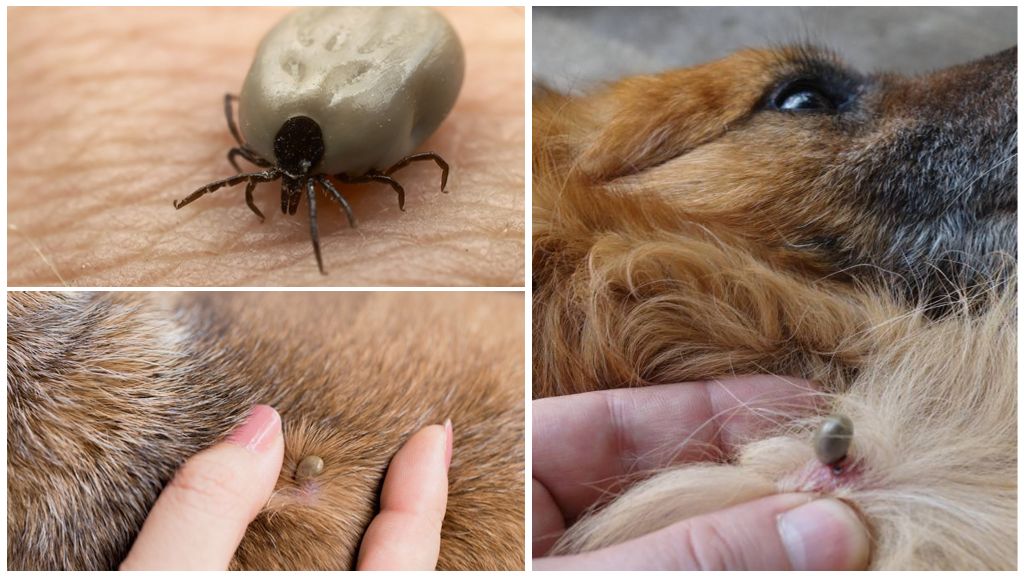
After occupying a comfortable position, the parasite gropes with its proboscis for the nearest blood channels, sticks to them and then drinks blood. These preliminary events take from a few minutes to half an hour. Given the microscopic dimensions of the proboscis, the tick drinks blood for a long time, from several hours to a day. And even after he drinks blood, he can stay on his victim for several days until he falls off on his own or forcibly.
On a note!
There are cases when several dozen sucking ticks were found on the body of a dog. But the dog looked healthy and showed no signs of weakness or anxiety.
Drunk tick It has a completely different appearance - it swells to the size of a pea and has a brown color due to the blood filling its body. The thin isthmus between his head, immersed under the skin, and a swollen abdomen becomes especially vulnerable. Often the following happens with the tick: its abdomen falls off, and the head remains in the wound. Arthropod fragments can cause inflammation in the bite area.
Tick action after a bite
The parasite drinks blood from the dog for the implementation of the main tasks in its short life:
- The life cycle of a bloodsucker consists of several stages: an egg, a larva, a nymph, and an imago. In the nymph stage, the parasite must carry out several metamorphoses.In order to move from one form of existence to another, you need good nutrition. So the larva seeks to receive its portion of blood to turn into a nymph, and the nymph - into an imago. After the parasite at various stages drinks blood, he must leave his victim and reincarnate in a secluded place.
- Female arthropods for the implementation of their main task - breeding, you need to eat well. After a bite, she should lay eggs in an inconspicuous place. If she succeeds, then the success of her mission is ensured.

If the tick on the dog drank blood, but could not leave the crime scene in time, his life ended. A dog can damage him, trying to scratch this place with his teeth or claws. Or the pet owner will find a sucking or already dead tick among the hair. The total time spent by a bloodsucker on a dog can be several days. And the shortest period of time for which he can carry out his plan is about 6 hours.
Danger of infection and prevention
Ixodes bloodsuckers are known for their ability to carry dangerous diseases, infecting them during a bite. The first minutes or even hours may not cause trouble for the victim. The greatest danger is the process of belching excess blood back into the wound of the animal. The longer the tick lives on the dog, the greater the risk of contracting it from a dangerous disease, piroplasmosis.
Pyroplasmosis difficult to diagnose because its incubation period can last several months. Viruses that enter the animal’s body are waiting for the weakened immunity of the victim and at the right time will begin to actively destroy the body’s cells. If treatment is not started in time, the disease can lead to the death of the pet.
Important!
If a parasite is found on the dog’s body, it is necessary to immediately take measures to tick removal from the wound. During the procedure, gloves should be used to prevent infected tick insides from getting on human skin.
Each owner of the dog should pay attention to his pet and be responsible for his health. If an arthropod bloodsucker has been noticed already in the process of consuming blood, you need to pull it out. The most convenient way is to use special tool for removing ticks. The parasite holds on to the dog tightly, and it needs to be pulled out carefully, twisting it from the wound.
To reduce the likelihood of getting a fluffy pet infected, you need to examine him every day after each walk for bloodsuckers. Regular combing, washing, using special acaricides for dogs will avoid pet health problems. Only proper care will contribute to the dog’s healthy and long life.
